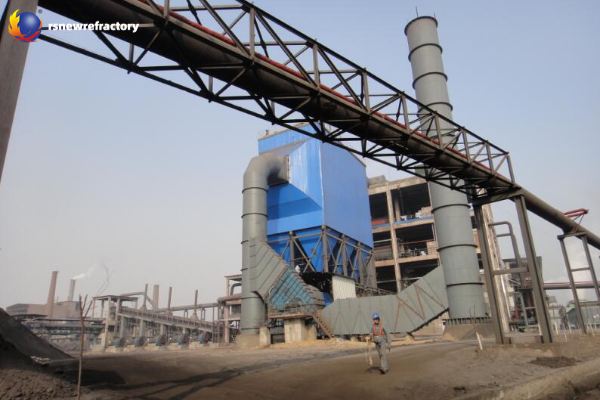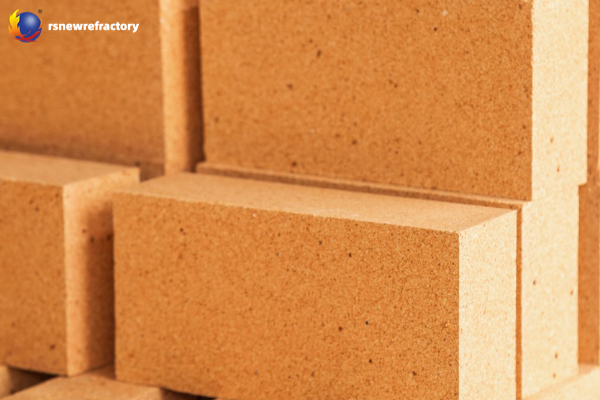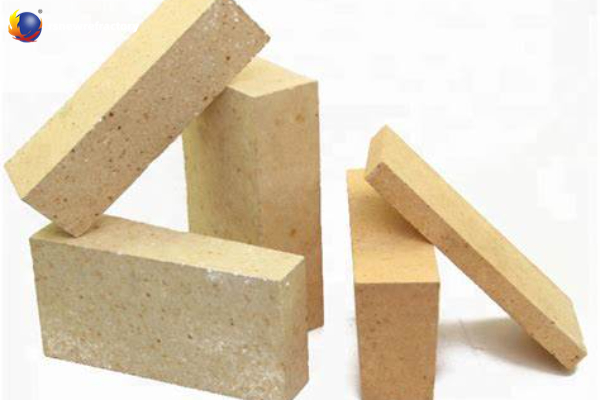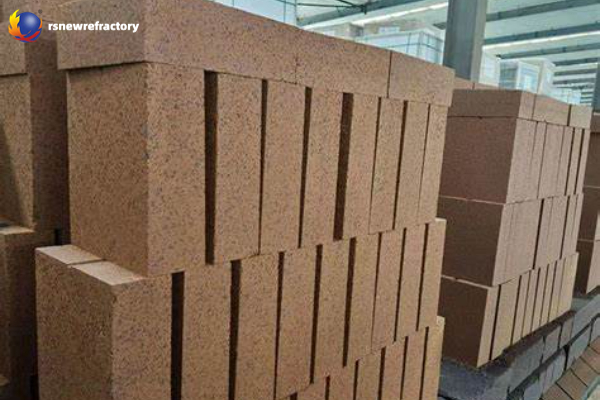Introducción al revestimiento del horno vertical y sus materiales refractarios
El horno de eje de lima es un equipo de alta temperatura utilizado para producir rápida (CaO). La cal se obtiene calcinando la piedra caliza (Caco₃) y se usa ampliamente en metalurgia, industria química, materiales de construcción, environmental protection and other industries. Due to its continuous operation, material movement from top to bottom, and high thermal energy utilization, lime shaft furnace plays an important role in modern industry.
During the operation of the lime shaft furnace, the internal temperature can reach 900℃~1200℃, and the furnace lining is affected by high temperature, erosión química, mechanical wear, etc.. for a long time. Por lo tanto, choosing the right refractory material is crucial to extend the life of the furnace lining and improve production efficiency.

The structure of the lime shaft furnace
The straight lime shaft furnace is divided into three zones from top to bottom: zona de precalentamiento, calcining zone and cooling zone. According to the different functions of each zone, refractory materials of different materials and properties should be selected to obtain the best economic benefits.
Selection of refractory materials for the preheating zone of vertical furnace

In the preheating zone, the furnace lining is mainly subjected to the impact and wear of limestone and the damage of high temperature caused by the upward movement of the calcining zone. The selection of refractory materials in this section mainly considers that the refractory bricks should have high bulk density and a certain load softening temperature and thermal shock stability. Generalmente, dense clay bricks with good wear resistance are selected.
Selection of refractory materials for the calcining belt

In the calcining zone, the furnace wall is mainly subjected to high temperature, wear of descending materials and scouring of ascending high-pressure airflow. Por lo tanto, the selection of this section of the furnace lining should mainly consider the refractoriness and high load softening temperature. Además, since this section is the main decomposition area of CaC03, the chemical erosion caused by the contact of the selected refractory bricks with lime at high temperature and the embrittlement of the structure caused by the mechanical stress and thermal cracking of the lining bricks during operation require that the lining bricks of this zone should have strong resistance to chemical erosion and structural density. Por lo tanto, neutral or alkaline dense refractory bricks are generally selected. Actualmente, the domestic main refractory bricks are high-density clay bricks, ladrillos con alto contenido de alúmina, ladrillos de magnesia, ladrillos de magnesia-cromo, and magnesia spinel bricks.

 Fábrica de refractarios de Rongsheng
Fábrica de refractarios de Rongsheng
WeChat
Escanea el código QR con wechat